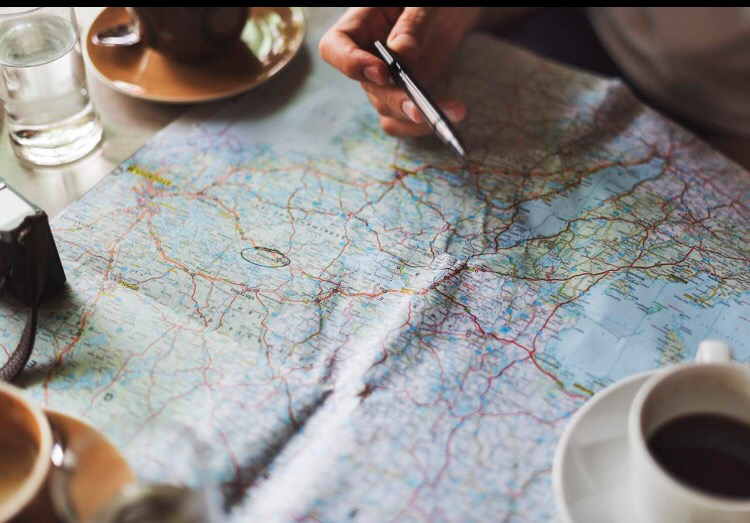What animals make the best/worst pets?
Choosing the best or worst pet greatly depends on individual preferences, lifestyle, and ability to care for them properly. Here’s a breakdown of animals commonly considered as pets:
Dogs: Often regarded as one of the best pets due to their loyalty, companionship, and ability to bond with humans. They require attention, exercise, and training, but their affectionate nature makes them excellent family pets.
Cats: Known for their independence, cats can be great companions for those with busy schedules or smaller living spaces. They’re low-maintenance compared to dogs, but some may find their aloof nature less fulfilling.
Fish: Fish are low-maintenance pets ideal for those with limited space or allergies to fur. However, they require precise water conditions and equipment maintenance, making them less interactive compared to mammals.
Birds: Birds like parrots or cockatiels can form strong bonds with their owners and provide companionship. However, they need regular social interaction, mental stimulation, and a spacious environment to thrive.
Reptiles: Reptiles such as turtles, snakes, or lizards can be fascinating pets for enthusiasts. They require specialized habitats, heating, and lighting, and their care needs can be complex, making them less suitable for beginners.
Rabbits: Rabbits can make good pets for those with limited space or allergies. They’re social animals that require plenty of space to hop around, enrichment, and regular interaction to prevent boredom and behavioral issues.
Rodents: Small rodents like guinea pigs, hamsters, or rats can be suitable pets for children or those with limited space. They’re relatively low-maintenance but need regular cleaning, socialization, and enrichment.
Exotic pets: Animals like sugar gliders, hedgehogs, or ferrets can be unique and entertaining pets, but they often have specific care requirements and may not be legal in all areas.
Ultimately, the best pet for one person may be the worst for another, depending on factors like lifestyle, space, budget, and personal preferences. It’s crucial to thoroughly research and consider the needs of any potential pet before bringing them into your home.










































